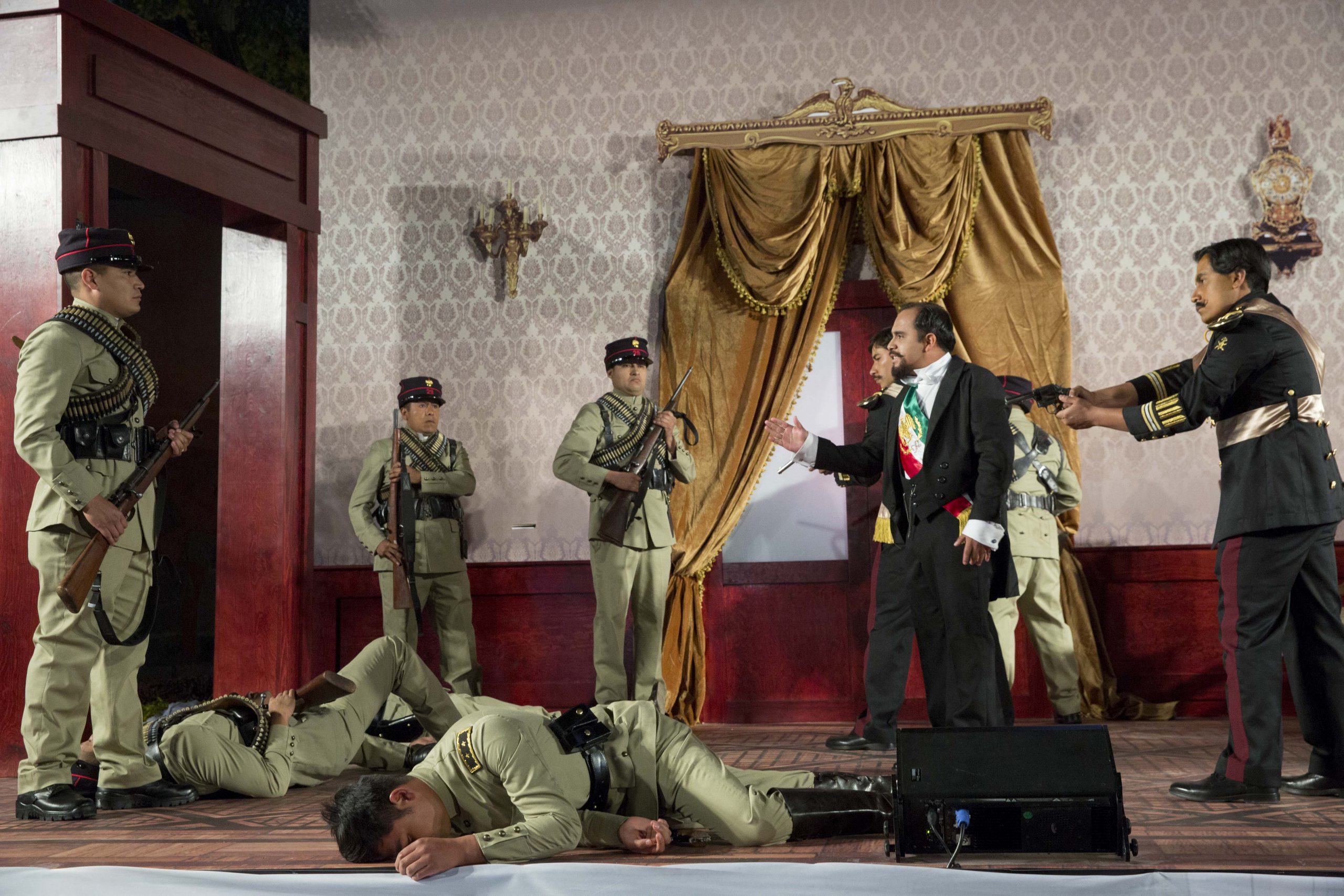The political legitimacy of the Institutional Revolutionary Party (PRI), the ruling party of Mexico from 1929 to 2000, has declined since the 1980s. Economic crises in the late 1970s and early 1980s, the splintering of the PRI’s leftmost-wing in 1988, and the formation of the Party of the Democratic Revolution in 1989 have not boded well for the PRI’s political legitimacy.
To combat this loss of legitimacy, Presidents of the PRI since the 1980s have had to take a harsh stand on corruption, even as the PRI itself has been ridden with scandal. This has primarily been to save face. Presidents of the PRI have needed to show their willingness to oppose corruption in their own rank-and-file, and have done so through a modern Mexican political tradition —el quinazo.
What is el Quinazo?
The tradition of quinazo began in 1989 when President Carlos Salinas de Gortari ordered the arrest of Joaquin “La Quina” Hernandez Galicia, the union leader — or charro —of the petroleum workers union. Although La Quina had been in power for many years and was thought to be untouchable, his downfall was a warning to opposition that the president would not take disobedience lightly. The president’s supporters claimed that these types of arrests were proof of the his anti-corruption agenda, but critics considered them acts of political revenge.
Subsequent arrests of high-profile political leaders have been labeled quinazos. In the subsequent sexenio, or six-year presidential term, President Ernesto Zedillo arrested Raul Salinas de Gortari, brother of Zedillo’s predecessor Carlos Salinas de Gortari, and implicated him in the murder of Jose Francisco Ruiz Massieu. In 2002, President Vicente Fox attempted to jail Pemex union boss Carlos Romero Deschamps, but, as the first opposition candidate to win the presidency in a century, ultimately failed. President Felipe Calderon ordered the arrest of various government officials, including 10 mayors, in his home state of Michoacan.
Most recently, current President Enrique Peña Nieto jailed Elba Esther Gordillo, the national teachers’ union boss who was accused of embezzlement and known for purchasing luxury items and clothing. Some in the Mexican media correctly speculated that Gordillo would be President Peña Nieto’s target for his quinazo. This was largely political posturing meant to reinforce the image that the Peña Nieto administration would take a harsh stance on corruption and was willing to weed out problematic officials.
The Next Quinazo
A good place to look for quinazo targets is a list published in 2013 by Forbes magazine listing the 10 most corrupt Mexicans that year. The list includes various PRI governors — some close to Peña Nieto — and others who have already been arrested, including Gordillo and Salinas. Incoming presidents look for high-profile political leaders, especially union bosses, because of their name recognition and influence. Presidents arrest these political leaders at the beginning of their sexenios, so that they have enough time to placate dissent within the party and the opposition before future elections.
The arrest of Gordillo served as a warning to other potential political opponents of President Peña Nieto, especially Pemex union boss and federal senator Carlos Romero Deschamps. Gordillo’s arrest was motivated by both political and personal factors, including her opposition to an educational reform promulgated by Peña Nieto. Ultimately, it served as a warning to the Mexican public to yield to reforms in the oil and telecommunications industries.
Presidential candidate Andres Manuel Lopez Obrador (AMLO), who is currently leading in the polls and likely to be the winner in the presidential elections in July, has been accused of hypocrisy for supporting Napoleon Gomez Urritia, the mining workers’ union boss who has been accused of corruption and is currently seeking election as a federal senator with AMLO’s party. AMLO is unlikely to target Gomez Urritia, which leaves Romero Deschamps, who went into hiding after Esther Gordillo’s arrest to avoid attention and arrest.
AMLO and potential cabinet members have been vocal about their opposition to Romero Deschamps. Some AMLO supporters, including his proposed Minister of Labor, say that unionism is a large source of corruption in Mexico and point to Romero Deschamps as an example. Carlos Romero Deschamps is thus a prime, and probably the next, target for the next president’s quinazo.
Image credit: Flikr/Presidencia de la República Mexicana
